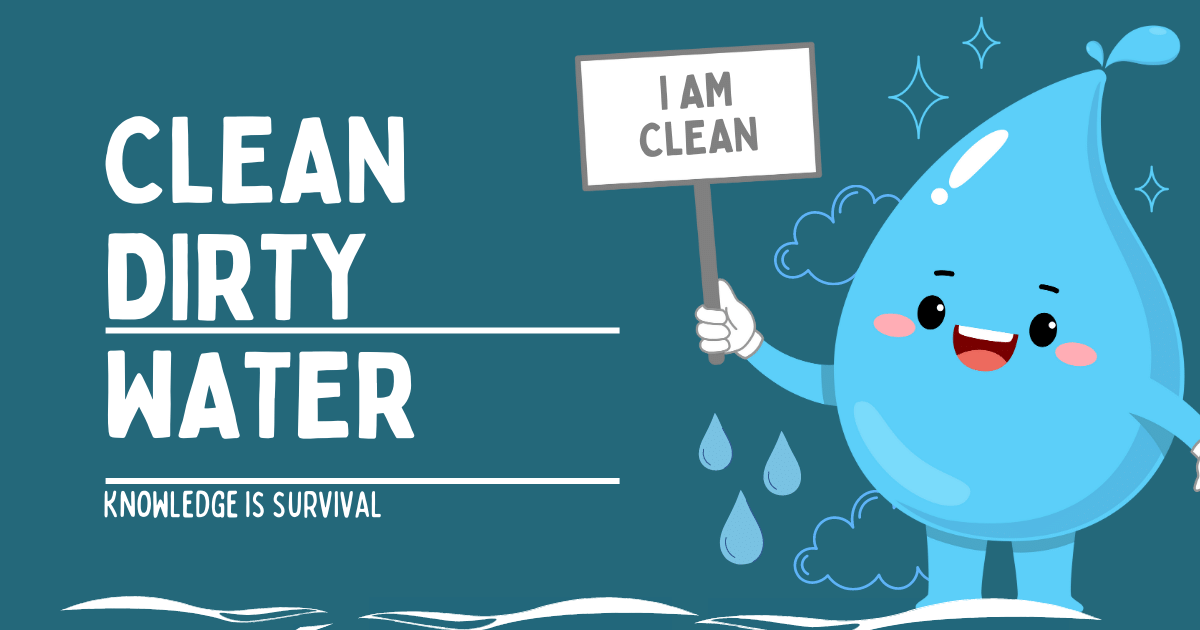In emergency situations, access to clean water can be limited or non-existent. This can lead to health problems and even death if not addressed quickly. Fortunately, there are several effective ways to clean dirty water.
There are several methods to clean dirty water, including:
- Boiling: Boiling the water for at least one minute can kill most of the harmful bacteria and viruses present in it. (How to boil water)
- Filtration: An activated carbon or ceramic filter can remove impurities such as sediment, chlorine, and some bacteria. (How to filter water)
- Chlorination: Adding chlorine tablets or bleach to the water can kill most of the harmful microorganisms present in it.
- Distillation: This method involves boiling the water and collecting its steam, which is then condensed into liquid form, leaving behind all impurities.
- UV treatment: Ultraviolet (UV) light can disinfect water by killing bacteria and viruses that cause diseases.
- Reverse osmosis: This process uses a semi-permeable membrane to remove impurities from water by forcing it through under high pressure.
It’s important to note that these methods may not completely purify contaminated water and should only be used temporarily until the safe drinking water is available. Until then, storing the water is another important task to consider and determine whether or not you have cleaned the water.
Closing remarks
Whether stranded in the wilderness or facing a natural disaster, knowing how to purify water is essential for survival. By using one or more of the methods outlined above, you can ensure that you can access safe drinking water when it matters most and not get sick from dirty water. Remember that time is of the essence in emergency situations, so act quickly and stay hydrated!
References
- World Health Organization (WHO) – Guidelines for Drinking-water Quality
- United States Environmental Protection Agency (EPA) – Drinking Water Treatability Database
- Centers for Disease Control and Prevention (CDC) – Water Treatment and Sanitation
- American Red Cross – Water Purification Techniques
- National Sanitation Foundation (NSF) – Water Filtration Standards

